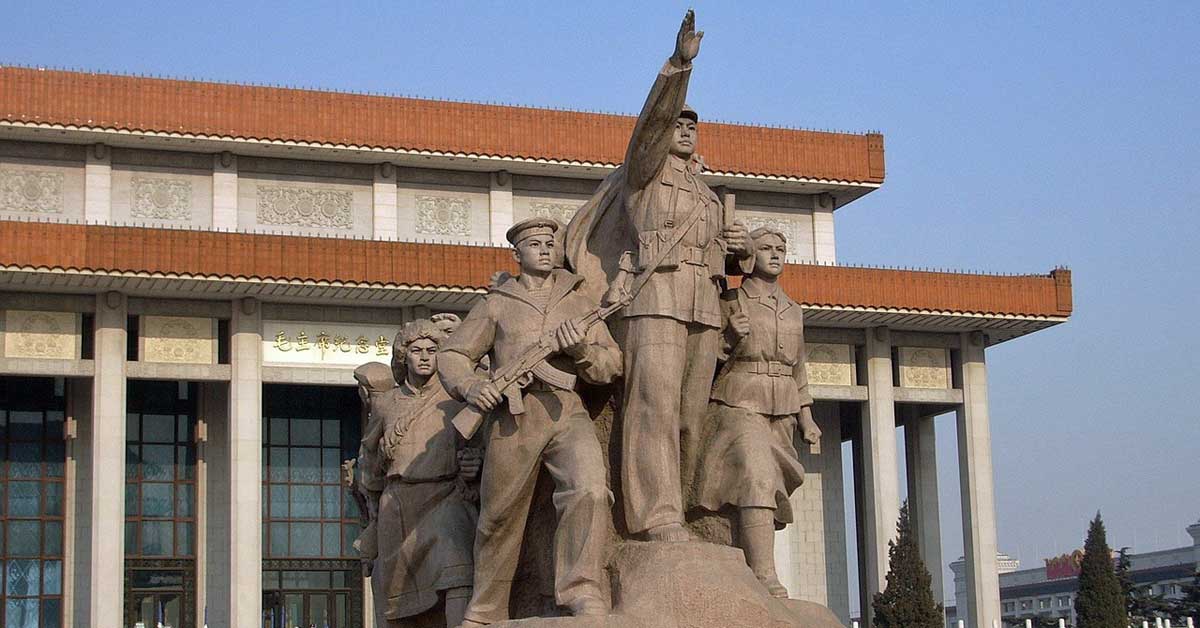China: shifting economic fortunes
- China’s economic fortunes are shifting. What made China a superpower, and what’s next?
- Polls show that Chinese citizens are among the most optimistic people on Earth; the population is enthusiastic, driven and entrepreneurial.
- China is working hard to realize its ambition of becoming an economic, political and military superpower.
- China, the workshop of the world, is ageing rapidly and will have approximately 220 million fewer workers by 2050.
- Unlike in the Western world, China has a growing middle class, whose youth are secure in the knowledge that they will be more affluent than their parents’ generation.
- Concerns over excessive dependence on China is top of the political agenda.
- In the axis of hope, China is the brightest example.
- The West is also watching Chinese ambitions with consternation, fearing an attempt to undermine the established economic and political world order.
- Without abandoning their Marxist identity, Chinese leaders have successfully embraced market-led capitalism, learning from their comrades’ mistakes in the Soviet Union.
- Urban migration is decreasing, and wages are rising faster than ever before.
- While Chinese companies can afford to pay higher wages now, there will come a time when they can no longer sustain it.
While China positioned itself as an economic locomotive, pulling the world towards recovery, after the 2008 financial crisis, it may not be able to avert a prolonged, grinding semi-slump that profoundly reshapes global perceptions of the country.
#Forwardism: Adjiedj Bakas and Vinco David
Shift Happens.
Discover #Forwardism!
Coming 01 July 2025.
Buying options: Amazon Kindle • Amazon (worldwide) • Amazon.in • Klanten in Nederland • Indian book shops

- The Dutch Scientific Council for Government Policy: China has fewer and fewer people available for production work to fill Western shelves.
- As the Chinese middle class grows, domestic consumption increases, leaving less room for exports.
- Animosity between China and countries in the South China Sea remains a major issue.
- China’s economic fortunes and rise in the Indo-Pacific region is seen as a growing threat.
- In China alone, the jobs of more than 100 million people could be at risk from automation.
- China may need to adopt a less assertive stance, both economically and militarily.
- Tensions between India and China over their disputed border in Kashmir also require a quick and peaceful resolution.
- Many Chinese citizens, unhappy with Xi’s regime, view Taiwan as a better and happier version of their country.
- China could further improve its economic picture by opening the huge market potential in telecoms, healthcare, education, entertainment and finance.
- China was poorer than Somalia in 1970 but is today a superpower. Yet errors made during its rapid development are now having a visible effect.
- China’s Belt and Road Initiative (BRI) — the New Silk Road — could make yuan the most important currency unit in every country along its route.
The greatest demographic potential [to succeed China’s production dominance] lies in India, which overtook China as the world’s most populous country in 2023 and is set to continue growing until 2070.
#Forwardism: Adjiedj Bakas and Vinco David
- Women and girls in countries bordering China could find themselves ‘sold’ to Chinese parents struggling to find brides for their sons.
- The Chinese Communist Party has implemented a hi-tech surveillance state to maintain dominance by the elites.
- China could becoming the number one trading partner for every country in the region while simultaneously expanding into Africa and Eastern Europe.
- The global status quo has already changed because of the increasing global influence of China and a less interventionist US attitude.
- Modern China is part of the global superclass that follows its own national agenda — ‘China First’ — an approach many other countries will adopt.
- China plants more trees annually than the rest of the world combined, so we should follow its example.
- In China, we see a surplus of young boys today, who could create trouble for the Chinese government in the coming years.
- The Chinese Academy of Sciences in Beijing has announced plans to build an unmanned research station at the bottom of the South China Sea, run entirely by AI.
- China is expected to overtake the US as the largest consumer of oil by 2030, although demand for oil will decrease over time, making India’s demand for oil the highest in the world.
- China is a world leader in solar panel production.
- China’s new detonation engine, a supersonic jet could soon transport passengers at Mach 4.
- Planting trees in the arid northwest has increased China’s total forest coverage to more than 25 per cent.
China economic shift | future of China’s growth | post-boom China | China tech ambitions | demographic decline China | Chinese economy 2025
